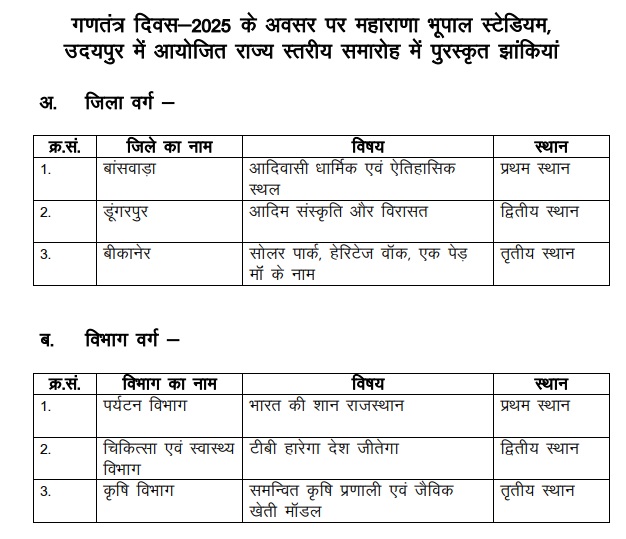One of the oldest known tie-dying techniques is called bandhani. The name is derived from the Sanskrit word “bandh,” which means to bind or tie. It originated in what is now Western India some 4,000-6,000 years ago. The process involves using your fingernails (or, more recently, a metal ring with a specially-designed point) to pluck thousands of tiny bindings into a piece of fabric, which is then soaked in a bath of naturally-derived dye. Once dyed and dried, the fabric is spread out and the bindings undone to reveal an intricate and delicate pattern of small, white, and un-dyed dots on a colored background. This deceptively simple technique requires tremendous skill and effort to execute to its fullest advantage. It’s still practiced today across Western India.
From India, tie-dye spread around the world. This happened through direct interaction with Indian peoples and products, via trade, or spontaneously as craftspeople began to experiment more and more with various dying techniques.
Archeological and historical records show that tie-dye was widespread in China by the 5th Century AD. Although it was banned during the Song dynasty (960-1279) for its extravagance, it never fully died out. It remained popular among certain ethnic minority regions of Southwest China, until it came back into favor.
In Japan, tie-dye and other forms of resist dyeing are referred to as shibori. The earliest surviving examples of shibori date back to the 8th century, although written records indicate the process of resist dyeing entered Japan hundreds of years earlier by way of China.
Shibori techniques can generally be broken down into three categories:
Kōkechi: Tied, bound, or sewn resists
Rōkechi: Wax resists, whereby wax is applied to form a pattern in the fabric before dying
Kyōkechi: Where the fabric is folded and then clamped between carved wooden blocks
Thailand and Laos have long traditions of mudmee dying, whereby threads are resist dyed before being woven into fabric, rather than after.
This technique has a rich history of its own and is claimed by various nations across Asia, particularly Indonesia.
Tie-dye and other forms of resist dyeing, like batik, were also in use in Africa and South America hundreds, if not thousands, of years before Western incursions. Craftspeople were making brightly-colored tie-dye fabrics in Peru between 500 and 810 AD.
Wax-resistant dyed fabrics have long been popular in Western Africa, as dyes and cosmetics had been, as well. There, dyed fabrics were often embellished after dying to create even more beautiful and ornate designs.
It wasn’t until the early 20th century that tie-dye finally entered the American zeitgeist.
In 1909, Adelia Beard wrote about tie-dye for Harper’s Bazar, referring to it as “Gobolink tapestry.” This name derived from an inkblot game, popular in the late 19th century, in which participants created symmetrical inkblots—like those used by Dr. Hermann Rorschach’s in his psychological tests.
In her article, Beard never once mentioned the Asian origins of the technique about which she was writing. She condescendingly described the results as “unconventional as a series of splattered ink spots, as freely barbaric as the work of savages, and as really beautiful as nature’s own designs.”
She even went as far as to erroneously say that, “to be successful with this tapestry, it is not necessary to go through a course of study or training, as with the more exact and formal crafts. A novice is quite as likely to produce delightfully charming work as one who has more experience.”
Home dying was already a long-standing American tradition at this point, as thrifty people often used commercially-produced dyes to freshen up clothing and other soft goods.
The commercial synthetic dye industry was still relatively young in the early 20th century, though. It began in England in 1857 after William Henry Perkins accidentally developed the first synthetic dye.
The quality of dyes and the durability of their results varied greatly, from one maker and formulation to the next.
In another article from 1909, chemistry professor Charles E. Pellew (who, unlike Beard, did acknowledge the Asian roots of the craft) suggested home dyers use “sulphur” colors to produce the best results when attempting to tie-dye themselves.
Noxious and highly reactive, these dyes could not be used in copper, brass, or iron vessels, which made them difficult to work with at home and limited their popularity.
Although tie-dye grew more common in America during the Great Depression, it declined in popularity with the outbreak of World War I.
At the time, virtually all dyes came from Germany. The outbreak of the war, and the resulting blockades along formerly bustling Atlantic trade routes, led to a dramatic supply shortage.
American manufacturers stepped in to fill the void, among them RIT. This brand created an inexpensive dye that worked on both animal-derived fibers, like wool and silk, and plant-derived fibers, like cotton and linen.
RIT revolutionized the home dyeing industry. They offered color varieties and brighter colors as time went on and technology developed.
By the 1960s, it was possible to easily and cheaply create the rainbow-colored, psychedelic tie-dye garments that became synonymous with the counterculture movements of the time
Since the middle of the 20th Century, tie-dye has gone the way of all fashion trends in America. It’s been waxing and waning as moods and tastes change.
Every few years, some version of the technique pops up on the runways of designers like Prada, Dior, or Stella McCartney, before making its way down to the mass and discount markets.
It’ll almost always eventually disappear altogether, only to be reborn on the runway all over again.
Today’s tie-dye is much hazier and more abstract than traditional tie-dye or the psychedelic prints of the ’60s and ‘70s.
When applied to graphic design and fashion, colors are generally softer, and their overall effect is more cloud-like.
So, who knows what the tie-dye of tomorrow will look like? Only time will tell.









